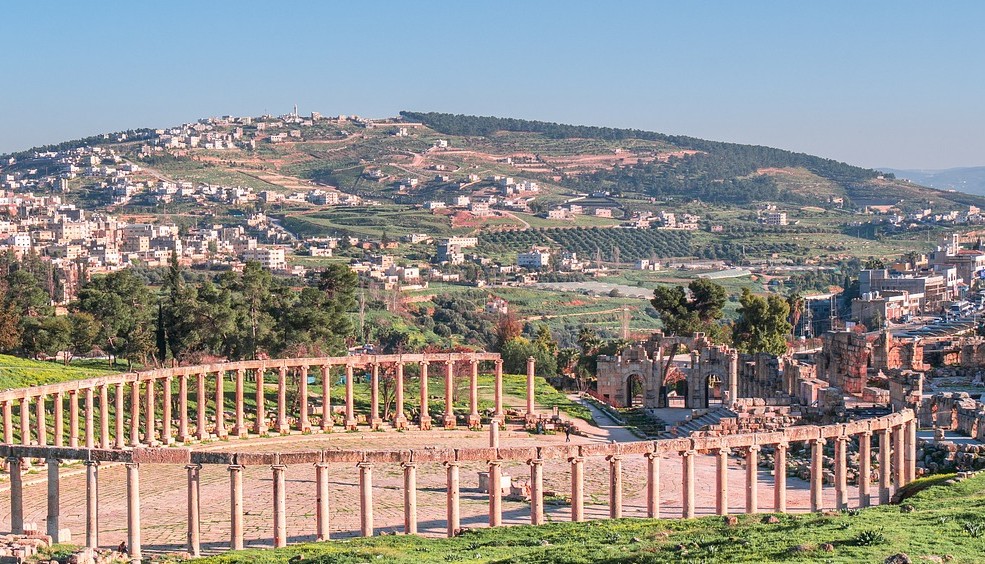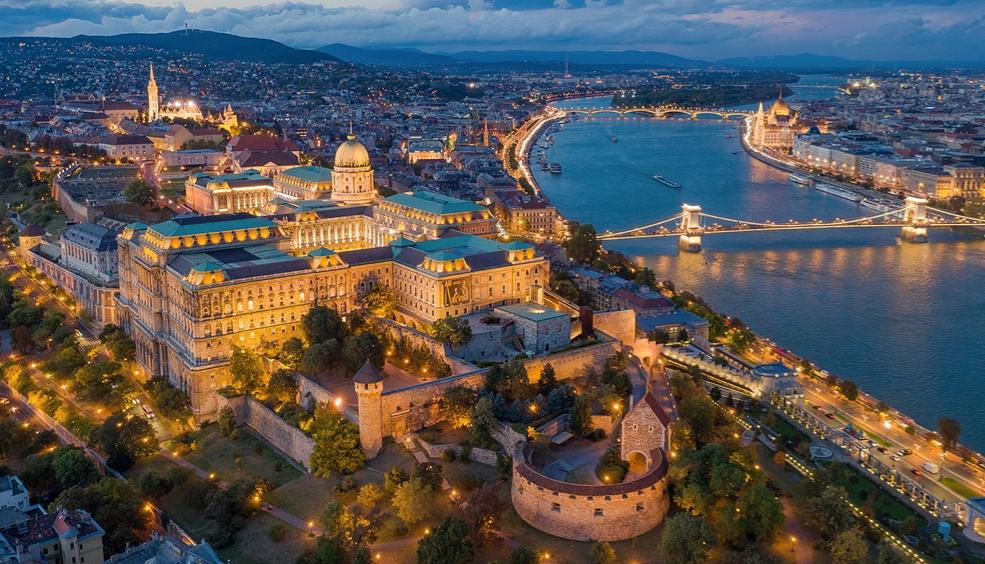The Palio di Siena
Situated some 75 kilometres south of Florence, Siena is a must-visit spot on any route through Tuscany. The architectural beauty of its historic centre, designated a World Heritage Site by UNESCO in 1995, is one of its major draws. A former marketplace, the Piazza del Campo –popularly known as Il Campo – is the undisputed centrepiece of the city’s social life and the ideal point of departure for sightseeing in Siena.
The square was paved in 1327 and divided into nine sections, one for each of the Noveschi – the nine oligarchs that ruled the city. It still transports the visitor to medieval times, due in part to the buildings around its perimeter, notably the Palazzo Pubblico and Torre del Mangia. The former, also known as the Palazzo Comunale, was built in the early 14th century. Located on the south side of the square, it houses the Museo Civico. The campanile on this palace is called the Torre del Mangia. A veritable icon of the city, its height of 102 metres affords the best panoramic views of Siena. At the top of the square is the Fonte Gaia, built to facilitate the channelling of water to the city centre. The fountain now on the site is a replica of the original, sculpted by Jacopo della Quercia, while the original is on view in the museum at Santa Maria della Scala.
A Medieval Tradition Which Never Ages
This square is actually the centre stage of one of the defining moments in the life of this beautiful Tuscan city – the celebration of the Palio di Siena. Every year the festivity attracts both locals and hordes of tourists, eager to relive a tradition which never seems to have aged. The focal point of this famous race is the Piazza del Campo. Once it is adorned with all the celebratory trappings, including flags and people dressed in period costumes, it is well nigh impossible for visitors to avoid feeling swept back to another time in history.
The key dates for the Palio, the origins of which go back to the 16th century, are2 July,with the running of the Palio di Provenzano (in honour of the Madonna of Provenzano), and16 August,when it is the turn of the Palio dell’Assunta (in honour of the Assumption of Mary). These are the two dates you need to jot down in your diary if you want to experience the most authentic moments in the life of Siena, or as dates to avoid, if you don’t fancy being swamped by crowds. On those two days, the Piazza del Campo is transformed into a thrilling, fast-paced horse race which actually only lasts for a mere two minutes. The participants consist of representatives of the sixteen contrade (parish districts), who vie for the honour of seizing the palio, a silk standard. By way of a warm-up in the days preceding the race, all sorts of competitions are held in a festive mood around the city, enhanced by the sight of colourful period costumes.
Visiting the City
Apart from the highly popular Piazza del Campo, Siena also has other interesting sights worth seeing on your visit to the city. One such landmark is the Duomo (Siena Cathedral), in Italian Gothic style, which houses works by Pisano, Donatello, Michelangelo and Bernini. One unusual feature is to be found in the floor, which has 56 panels depicting Biblical scenes, some of which can only be viewed in September and October as they are covered for conservation purposes. Also in the Piazza del Duomo is the Museo dell’Opera, with sculptures that were previously housed in the Cathedral, and the Santa Maria della Scala complex, a former hospital which now houses three museums – the National Archaeological Museum, the Siena Contemporary Art Centre and a Children's Art Museum.
Book your Vueling to Florence and head for Siena to coincide with the city’s festivities.
Text by Los Viajes de ISABELYLUIS
Image by Janus Kinase
more info
5 top destinations this summer (2023)
If you're still undecided about where to go this summer, we're about to make it easy for you. We have prepared a few ideas, both popular and less well known, that will get people talking this year.
more info4 ROMANTIC DESTINATIONS TO SWEEP YOUR PARTNER OFF THEIR FEET
Whether to celebrate Valentine's Day or an anniversary, or simply to give your partner an amazing gift, here are some ideas for a romantic getaway.
more info4 GREAT FILM LOCATIONS TO VISIT – OSCARS SPECIAL
Get ready to discover the best film locations, where you’ll be able to feel like a real film star.
more info




